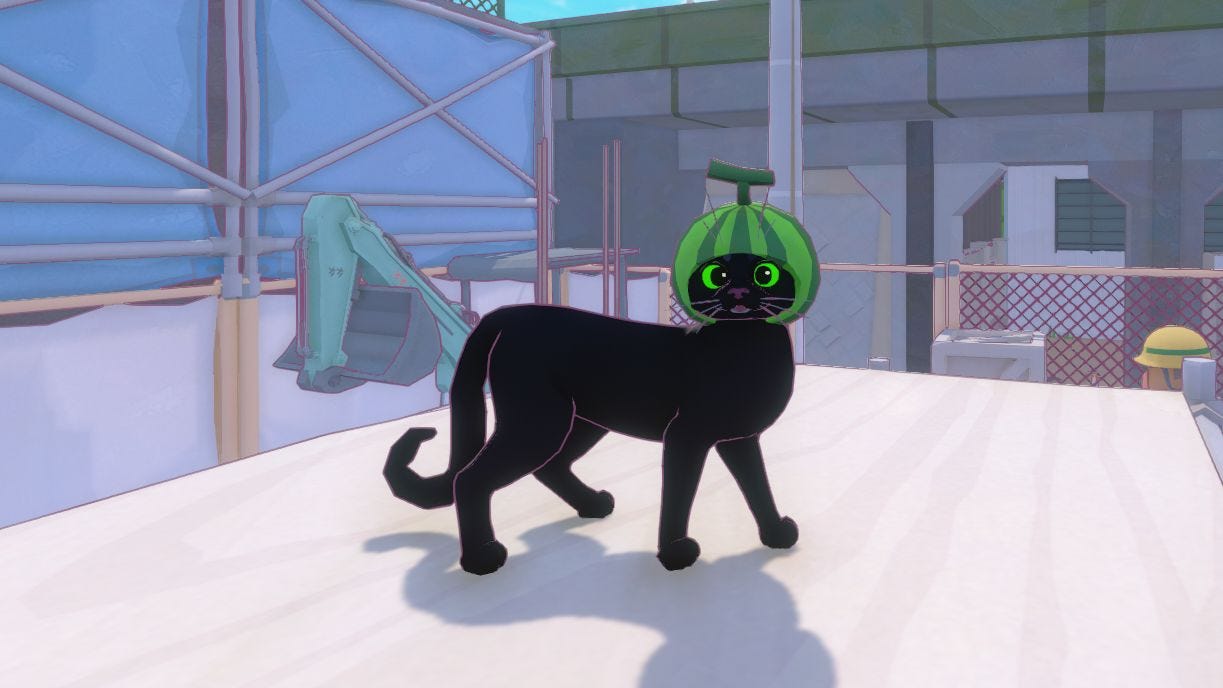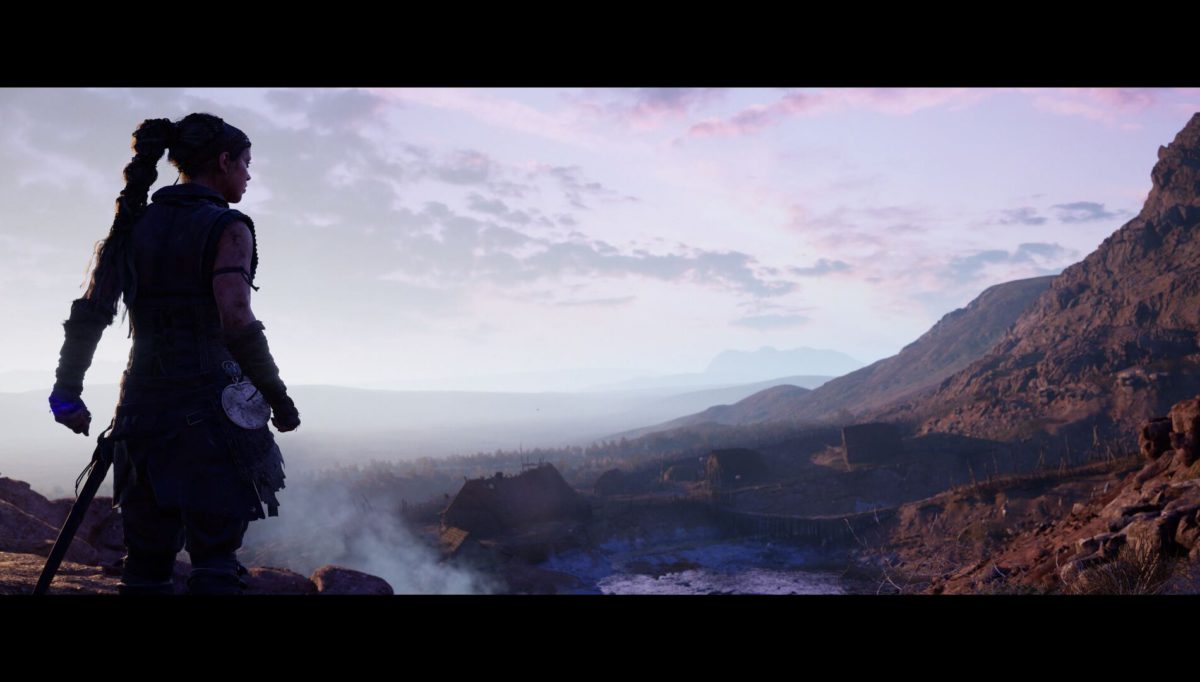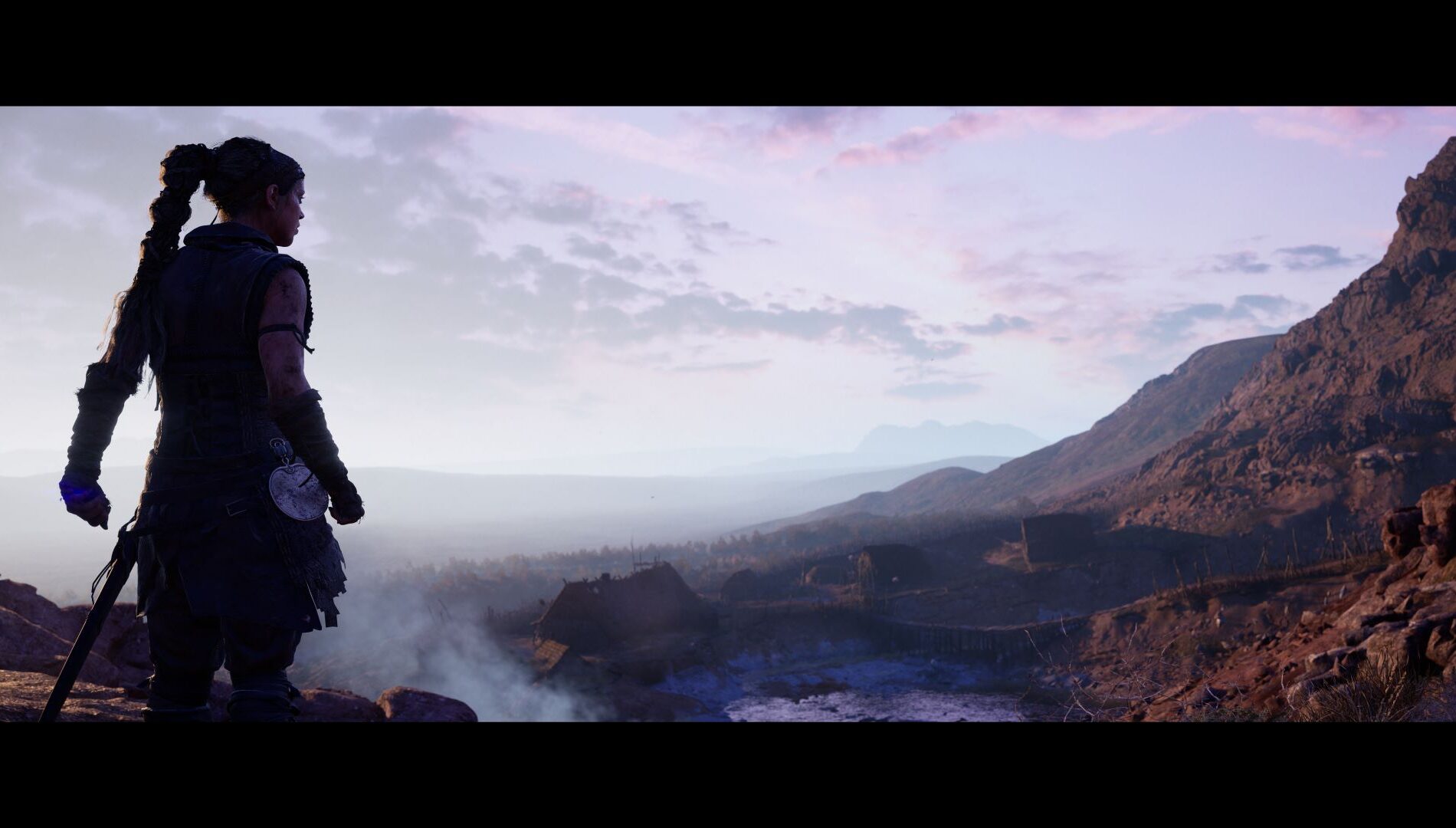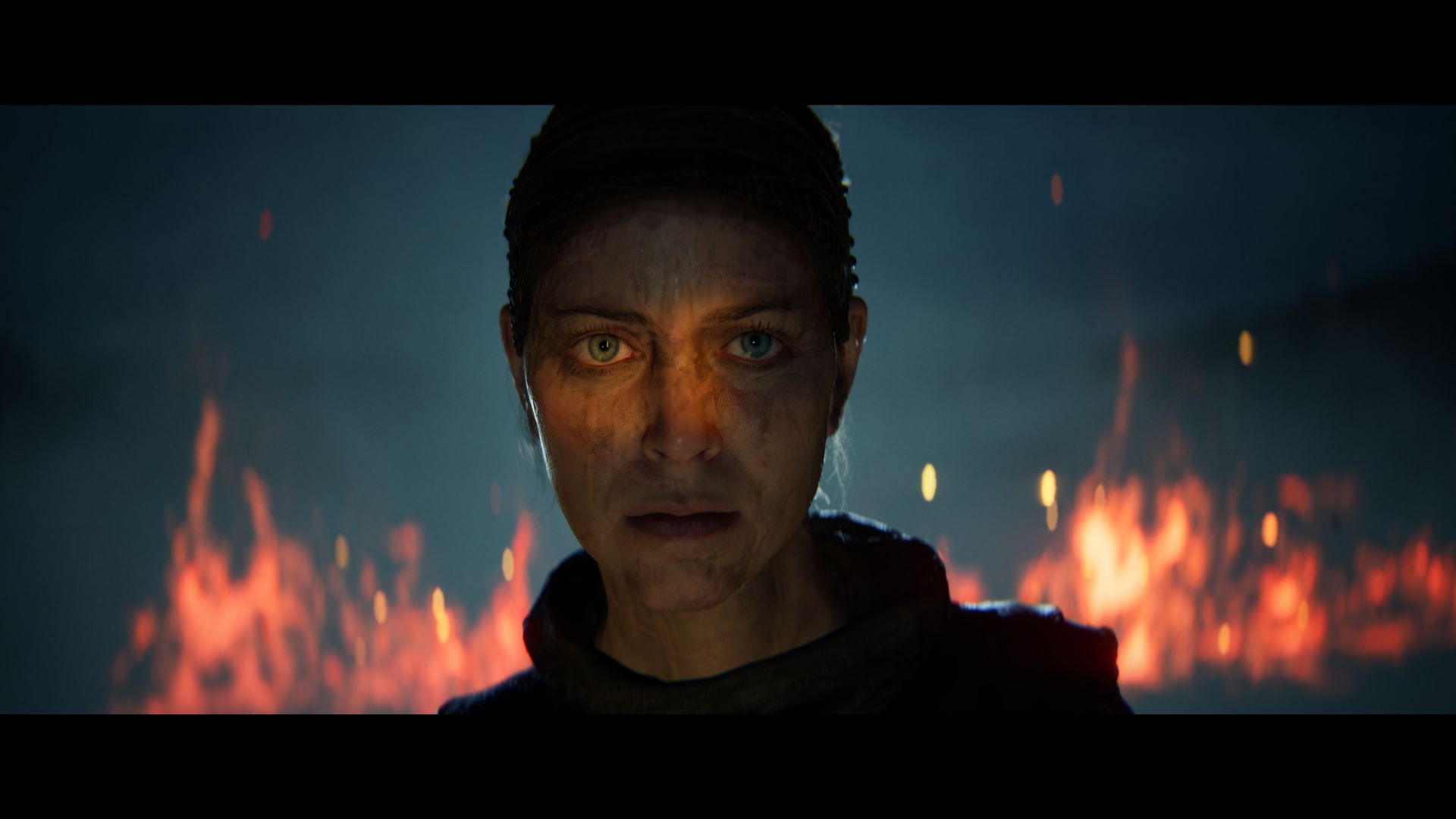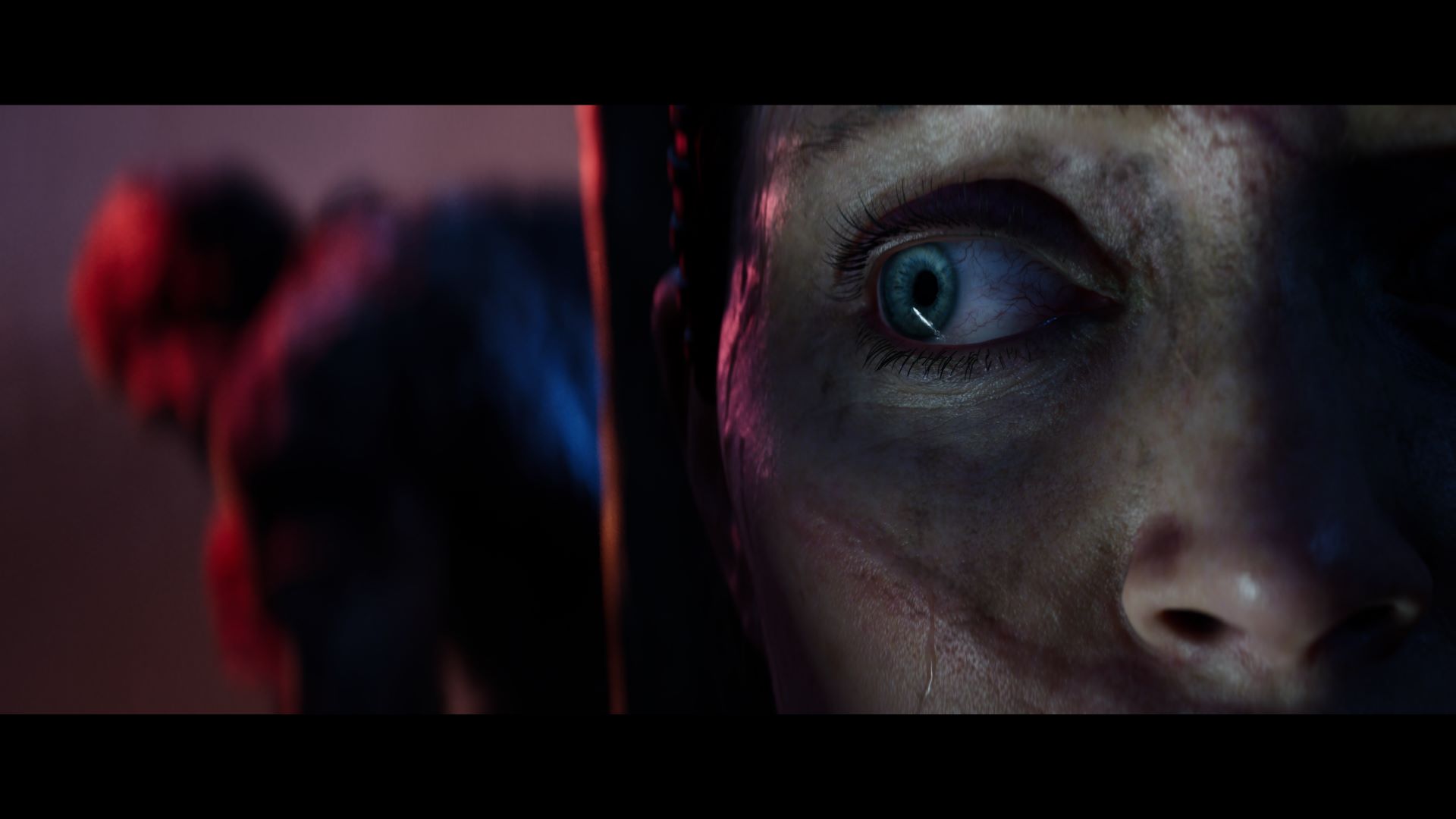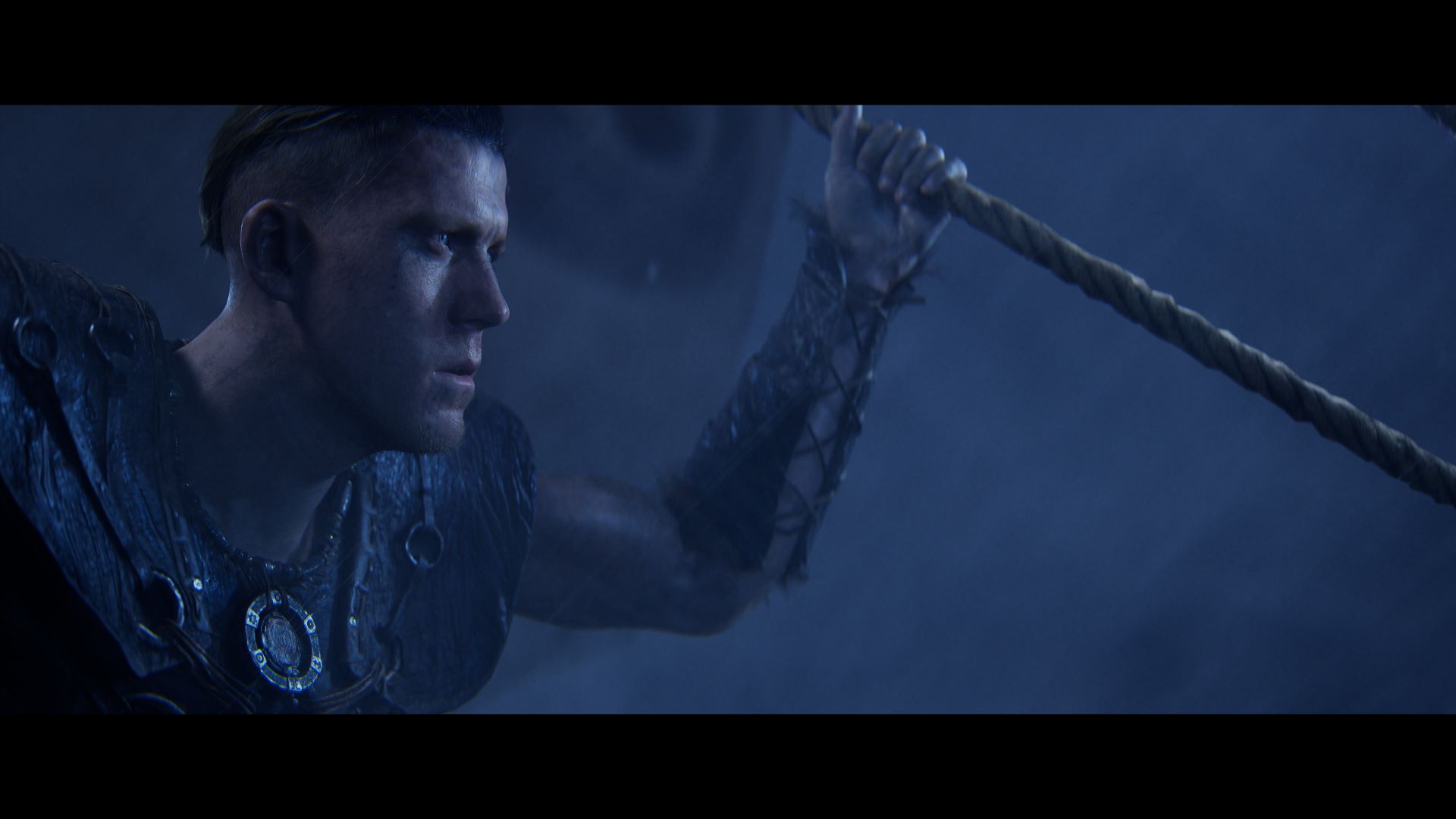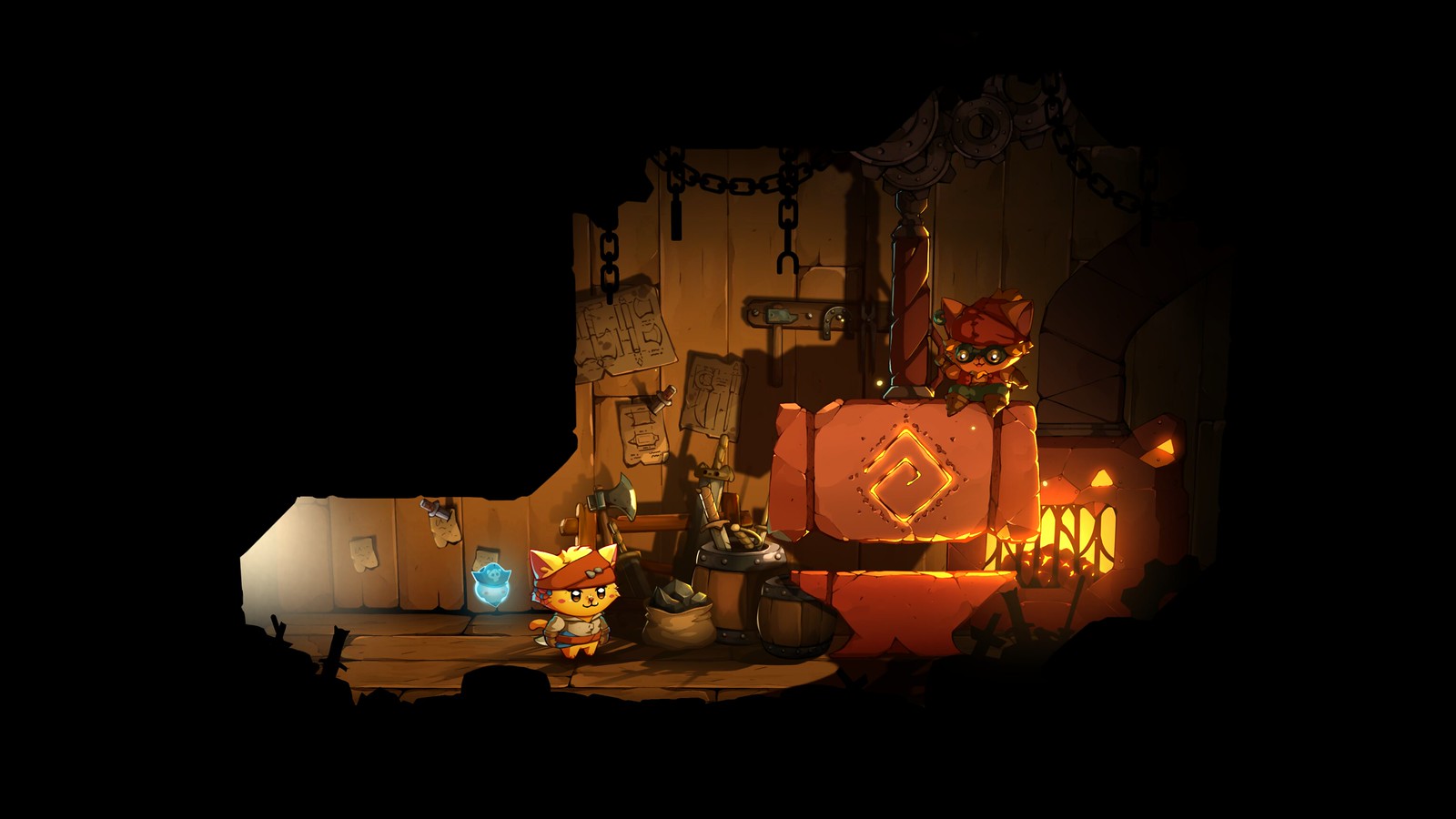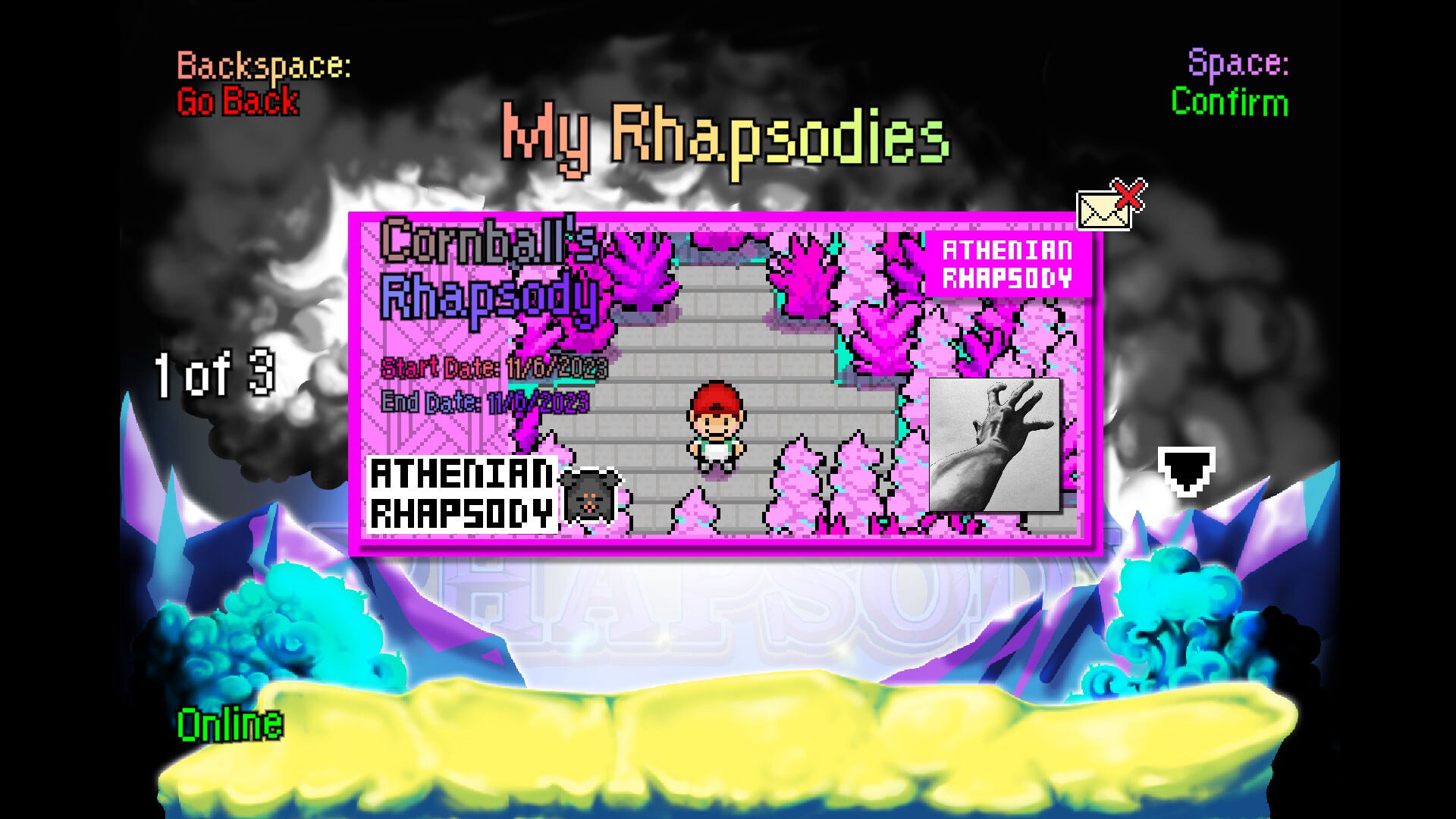Ubisoft has said its Call of Duty rival XDefiant does not feature skill-based matchmaking in its casual playlist.
For years, skill-based matchmaking (SBMM) has been the hottest of topics within the Call of Duty community, with some proclaiming it ruins the experience, others saying quite the opposite. High-skilled Call of Duty players often bemoan SBMM for chucking them into what they call “sweaty” lobbies full of similarly high-skilled players. Activision has defended its use, insisting skill in matchmaking means all players (regardless of skill level) are more likely to experience wins and losses more proportionately. “We use player performance to ensure that the disparity between the most skilled player in the lobby and the least skilled player in the lobby isn’t so vast that players feel their match is a waste of time,” Activision said earlier this year.
“Our data shows that when lower skill players are consistently on the losing end, they are likely to quit matches in progress or stop playing altogether,” Activision continued. “This has an effect on the player pool. A smaller player pool means wait times for matches increase and connections may not be as strong as they should be. This can compound over time to create a spiral effect. Eventually, when only high-skilled players remain because lower skilled players have quit out of frustration, the result is an ecosystem that is worse overall for everyone.
“Game data indicates that having some limitations on the disparity of skill across the players in a match makes for a healthier ecosystem. We also understand that many high skill players want more variety of experience, but often feel like they only get the ‘sweatiest’ of lobbies. We have heard this feedback clearly and will continue to test and actively explore ways to mitigate this concern.”
“Frankly, skill-based matchmaking means every casual game is repetitive.
Ubisoft, though, clearly has a very different philosophy for its free-to-play first-person shooter, which it outlined in a blog post.
“The most important thing to know is — there is no skill-based matchmaking in our casual playlist,” Ubisoft confirmed. “We believe that no SBMM is paramount to a fun and varied game experience in the long-term. Frankly, skill-based matchmaking means every casual game is repetitive — constantly repeating matches that are just as stressful and matched as ranked. We believe casual playlist should be fun and no SBMM is the way to do that. If you want that competitive every second counts go all out playstyle — you’ll find our ranked mode to your liking.”
Ubisoft’s stance on SBMM makes for a clear distinction between XDefiant and Call of Duty multiplayer, and is sure to go down well with a subset of hardcore competitive FPS fans. Ubisoft has been keen to attract disgruntled Call of Duty fans with a number of crowd-pleasing design decisions as it works to wrestle players away from Activision’s behemoth. Indeed, XDefiant developer Ubisoft San Francisco is helmed by Mark Rubin, a former Call of Duty executive producer at Modern Warfare developer Infinity Ward.
After a number of delays, XDefiant’s pre-season launches May 21 on PC via Ubisoft Connect, PlayStation 5, and Xbox Series X and S. The game is not set to launch on Steam or the Epic Games Store.
Wesley is the UK News Editor for IGN. Find him on Twitter at @wyp100. You can reach Wesley at wesley_yinpoole@ign.com or confidentially at wyp100@proton.me.
